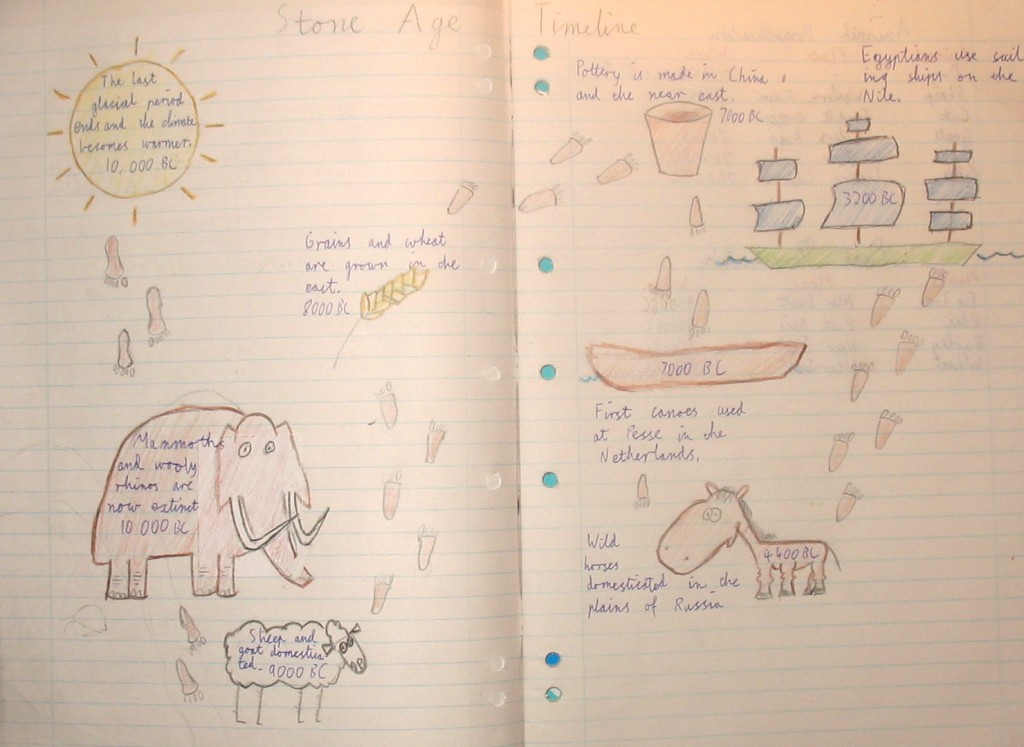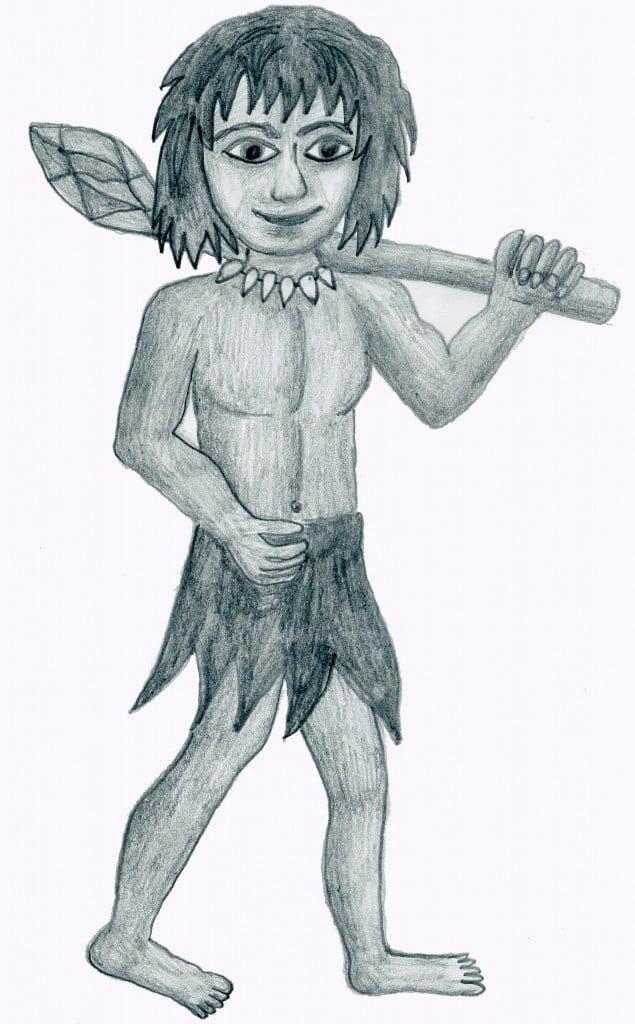




*************************






*************************

 I think I’ve learned all your names now but you might still have to correct me.
I think I’ve learned all your names now but you might still have to correct me. Welcome to your first semester of History. We start with the Stone Age and end with the Romans. You could call the course “From Caves to Colosseums” or something like that.
Here are some pictures to show you some of the topics we’ll be covering:
_______________________________________________________________
Emit Repoons
Emit Repoons, by the way, is an intergalactic archaeologist. Can you figure out what his name means? He’s a wild adventurer with a very smart buddy called Llatiwonk. She has superchips instead of neural pathways but she’s a very nice person in her robotic way.
Ros
Want to test your knowledge?
Click here to do Stone Age Quiz
To find out more about Emit Repoons and see a cartoon of his arrival in Egypt, click HERE.
 Do you remember what this is called from yesterday’s video? Which people used large basalt versions of these to grind wild wheat?
Do you remember what this is called from yesterday’s video? Which people used large basalt versions of these to grind wild wheat?Natufian hunter-gatherers link
Write in your workbook a list of the animals they hunted and the foods they gathered. What is another word for gathering?
Eventually people began to domesticate animals as well as plant crops. To find a timeline of animal domestication, go to this site:
List the first six animals to be domesticated and the approximate date. Then click on your favourite to find out the evidence about when, how and why they were domesticated by humans.

 These were some of the earliest domesticated animals. The ones in these photos are more modern breeds than the Stone Age ones! (Photos taken by my sister Barb and used with her permission)
These were some of the earliest domesticated animals. The ones in these photos are more modern breeds than the Stone Age ones! (Photos taken by my sister Barb and used with her permission)
If there’s still time, finish off your front page pictures. You could try finding some pictures of Natufians, sickles, emmer wheat or mortars and pestles!